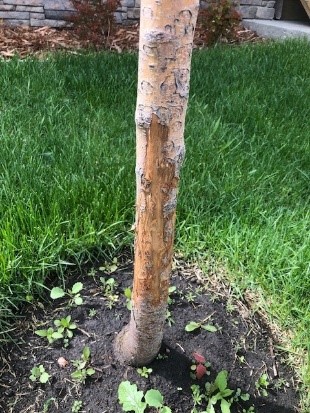Part of Pacesetter’s construction process is arranging the completion of exterior items for your home. Alberta is known for having long, cold winters, and the window of opportunity to complete exterior work on your home is about 6 months. For this reason, we call these “Seasonal Tasks” and they include the following:
- Driveways, Sidewalks & Rear Parking Pads
- Deck Stairs & Skirting
- Exterior Painting
- Parging
- Rough Grading
- Landscaping
- Developer Inspection
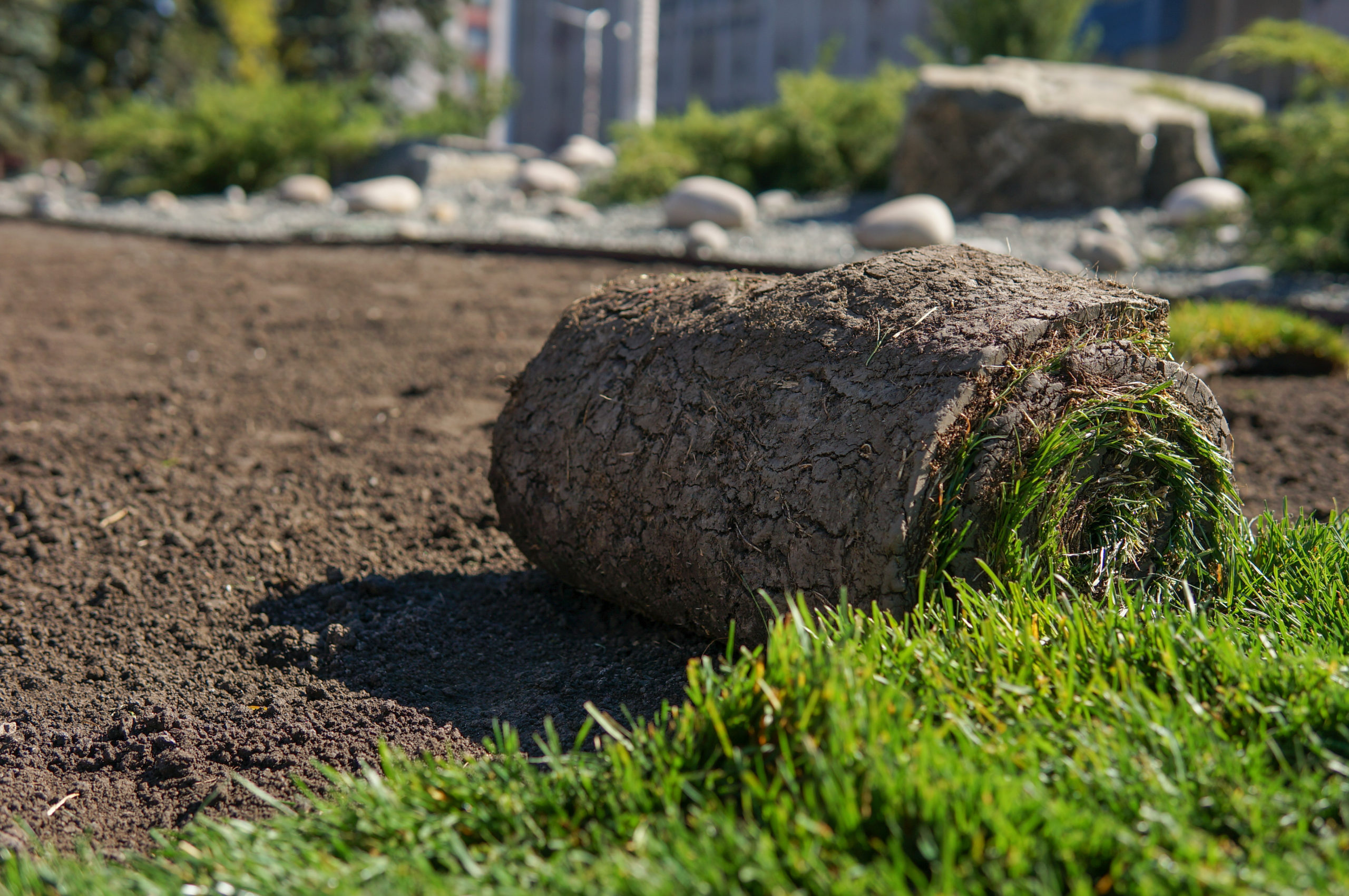
Seasonal work generally takes place between May and October. Once the weather allows us to start these tasks, the assigned trades are scheduled to begin work. To ensure maximum efficiency during the summer, some of these tasks will be carried out area by area, rather than by possession dates.
The Seasonal Process
Driveways, Sidewalks & Rear Parking Pads (Concrete Work)
- Concrete crews begin work once all frost in the ground has completely thawed and the area has dried out.
- Lack of snow is not a sign of a site being ready for work to take place.
- For better efficiency, crews complete work in a single subdivision at a time.
- Any rain or other unforeseen factors can cause delays on concrete work.
Deck Stairs & Skirting
- Temporary stairs are placed on the front deck and remain in place until front concrete is poured (note that temporary stairs will be removed for a short period while concrete work is under way).
- Permanent stairs will be scheduled for installation.
- Deck contractor will arrive without prior notice and will need to plug into your external power outlet to complete work.
- Our Seasonal Department can assist with any adjustments to the temporary front stairs or metal walkways.
Exterior Painting
- Exterior painting will take place after the permanent stairs and skirting is installed.
- All exterior painting is scheduled for your first summer in your new home.
- Our contractors have multiple crews that make continuous rounds in our communities to ensure all painting is attended to.
- Painters will show up without prior notice and may need to use a man-lift to safely reach upper areas of your home.
- We do not paint the surface of deck boards or pressure treated rear railings.
Parging
- Parging is the textured cement that is applied to the visible concrete foundation below the siding of your home.
- This work can take place at any time during the season, working area-by-area.
- Crews will need access to your water hose connection to clean the foundation prior to applying parging, to mix their material, and clean up after work has been completed.
Rough Grade
- Rough grade will be scheduled once your concrete is poured.
- Rough grading shapes the lot by packing down soil to adhere to municipality requirements.
- Proper grading ensures your property is sloped for surface drainage and directs water away from your home.
- Grading work begins once all frost has left the ground and the soil has firmed up enough to support heavy equipment. Items must be moved from your lot to prevent any interference with grading.
- Once the rough grade is complete, your lot will be issued a surveyor certificate which is sent to your municipality for their inspection, and you will be notified once approval documents are issued.
- Do not start any projects that would interfere with the rough grade including fencing, decks, sheds, or landscaping, until we have gained approval from the municipality.
Landscaping (Topsoil, Sod, Trees and Shrubs)
- If landscaping is included in your Sales Agreement, our contractors will begin work on adding topsoil, sod, trees, and shrubs.
- Your landscaping plan is determined by community guidelines set by the developer as well as any municipality requirements. We will provide you with a final grade surveyor certificate and city approval at the end of this process.
- If you are landscaping yourself, you will need to wait until you receive a notification email confirming that your rough grade has been approved before continuing. If you fail to do so, Pacesetter will no longer be responsible for drainage requirements.
- We recommend requesting a final grade surveyor certificate and municipality inspection on topsoil or after sod is placed. Any costs associated with surveyors or municipality inspections are the responsibility of the homeowner.
- Landscaping is to be completed within one year of rough grade approval, or, extension arrangements should be requested through the Seasonal Department. Please ensure that you are aware of the developer/municipality requirements before you prepare for trees, shrub beds, and/or fencing.
Home owner security deposit
- Once landscaping is completed and final grade documents have been issued, a developer inspection should be requested to initiate the release of the security deposit.
- If you have completed landscaping yourself, please email the Seasonal Department with a copy of the final grade surveyor certificate, final grade municipality approval, and current pictures of the front landscaping. We will forward to the developer for approval and once approved, a cheque will be mailed to you. Should the inspection fail, you will be notified of the items for correction and will be asked to contact us for a re-inspection when ready. Please note, a third inspection may incur a fee which is automatically deducted from the security deposit.
- The developer will decide start and end dates of their inspections for the season, typically from April to September. The inspection and processing of deposit may take anywhere from 6 to 8 weeks, depending on the current volume of requests. The deposit is intended to ensure that no changes are made to the exterior of the home by the homeowner prior to the required developer inspection.
- If Pacesetter has provided landscaping, the inspection is automatically requested, and the homeowner does not need to arrange it.
For further clarification on our seasonal process, please contact us by email at seasonal@yourpacesetter.com or by telephone 780-733-7357
The Landscaping Process
SOME QUESTIONS YOU MIGHT HAVE ABOUT YOUR NEW LANDSCAPING, GRADING, AND THE DEPOSIT PROCESS…
HOW DO I GET MY SECURITY DEPOSIT BACK?
- Once you have completed your landscaping as per the developer guidelines (found on community website link in homeowner central portal), send our Seasonal Department an email with a copy of your final grade surveyor certificate, municipality approval of final grade and a photo of your front yard.
- Once we receive these, we can set up the inspection with the developer which initiates the release of your deposit once approved.
MY LANDSCAPING WAS COMPLETED BY PACESETTER A FEW WEEKS AGO, WHY HAVEN'T I RECEIVED BY DEPOSIT YET?
- Your deposit has not been released as we may be waiting for final grade documents or the developer inspection report.
- Developers only conduct inspections during the summer months.
- Refer to your developer requirements and security deposit form that was signed during the Sales Process.

WHY DO DEVELOPER INSPECTIONS FAIL?
- If area guidelines are not met, it will result in a developer failure.
- The required information to pass the inspection is found in your homeowner central portal.
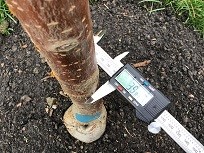
WHAT HAPPENS IF MY GRADING SETTLES OR SINKS AFTER IT IS INSPECTED AND PASSED?
- It will be your responsibility to repair any settlements to your lot since the inspector found the drainage to be correct at the time of the site inspection.
- For more information, please visit the lot grading on your municipality’s website.

WHY IS MY APPROVED ROUGH GRADE STILL POOLING WATER?
- A rough grade that has passed inspection can still pool water in certain areas.
- Your rough grade is the base for your topsoil and sod. Your finished landscaping will raise the grade and allow water to flow off your lot.
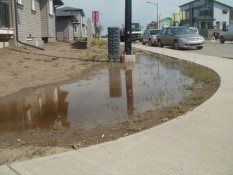
WHY IS WATER COLLECTING AFTER IT RAINS OR WHEN SNOW MELTS?
- Water can still pool on your lawn after extended rainfall or snowmelt.
- It could take time for it to flow off your lot, depending on the drainage pattern for your property.
WHY IS MY NEW GRASS TURNING BROWN?
- New grass that appears to be turning brown likely needs more water.
- A good sprinkler is necessary to ensure proper lawn care.
- Grass at the side of your home will need extra attention.
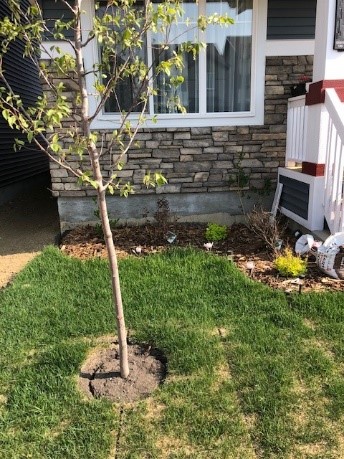
WHY ARE GAPS OR SEAMS SHOWING UP ON MY NEW LAWN?
- Gaps or seams showing up on a new lawn are an indication your grass is drying out and not receiving enough water.
- Water new turf to the point that the soil is just soft when stepping on it. You want to keep the sod moist for the first couple of weeks to allow the roots to take hold.
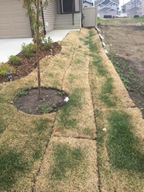
I DON’T WANT TO INSTALL GRASS IN MY FRONT YARD, IS THERE AN OPTION FOR A LOW MAINTENANCE DESIGN WITH ROCK/MULCH AND SHRUBS?
- Check the developer guidelines and submit a proposed landscaping plan, if required.
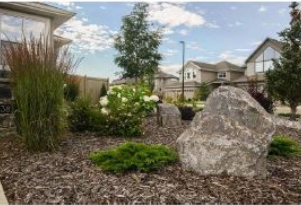
THERE IS A NEW HOUSE BEING BUILT NEXT TO ME. WHAT IF THERE IS DAMAGE TO MY YARD?
- If there is damage to your landscaping or grade because of neighboring construction, it will be that builder’s responsibility to address the situation and return your yard to it’s original state.
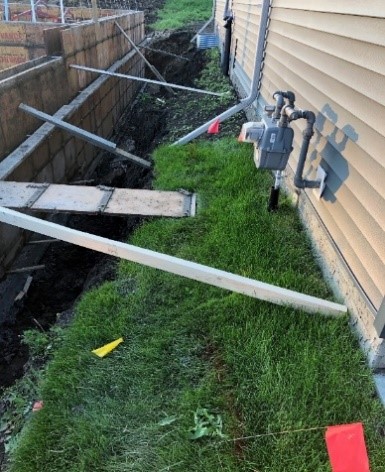
WHY IS THE GRADE HIGHER NEXT TO MY SIDEWALK AND DRIVEWAY?
- The grade is higher next to your sidewalk and driveway to protect the base under the concrete from being washed away.
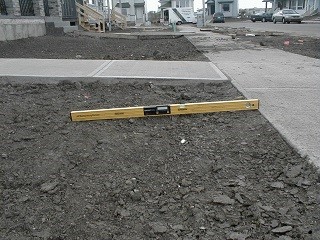
WHY IS MY GRASS DEAD ALONG THE EDGES OF MY DRIVEWAY AND SIDEWALK?
- Dead sod along driveways and sidewalks is typically from snowmelt or salt used in winter to clear ice and snow.
- This can be an issue even if you do not use these products, as city streets and adjacent properties may have de-icing solutions that can be tracked onto your property by vehicles or foot traffic.
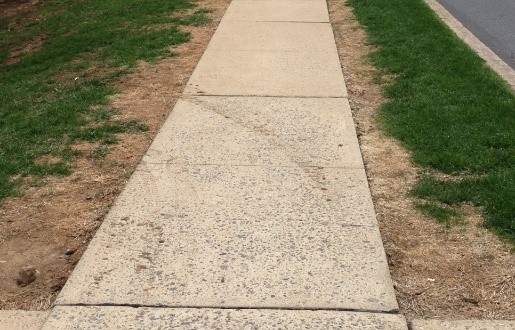
IS THERE AN OPTION FOR A LOW MAINTENANCE OR ECO-FRIENDLY LANDSCAPING?
- Check developer guidelines and submit a proposed landscaping plan, if required.
WHY DO I NEED TO STAY OFF NEW SOD EXCEPT FOR MOVING SPRINKLERS?
- Staying off new sod allows the grass to take root and helps keeps the lawn smooth.
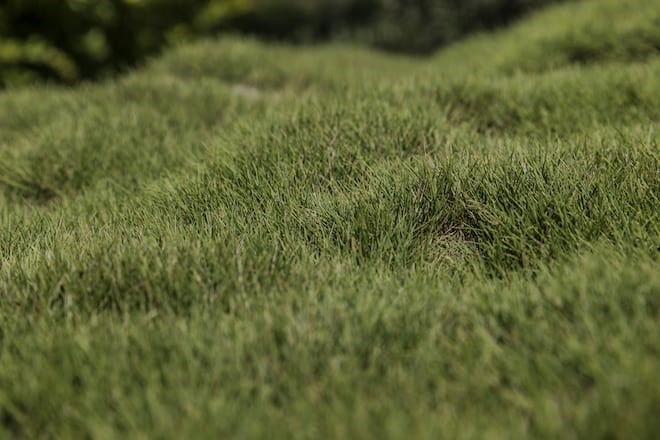
MY TREE LOOKS LIKE IT'S DYING, WHAT HAPPENED TO IT?
- The tree may not be getting enough water.
- If leaves are turning yellow, it could be being over-watered.
- A protective sleeve should be used if there are signs of animal damage to the base of the trunk.
